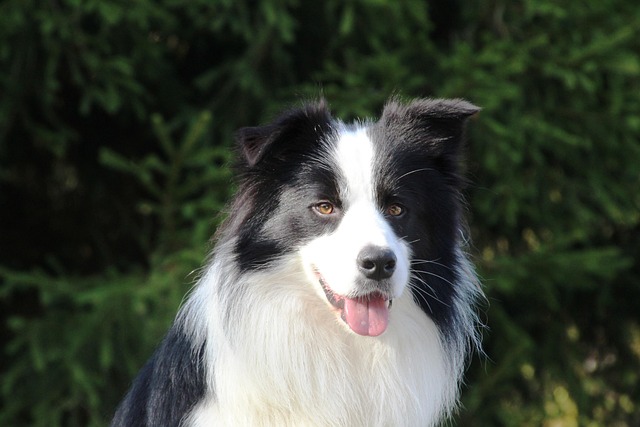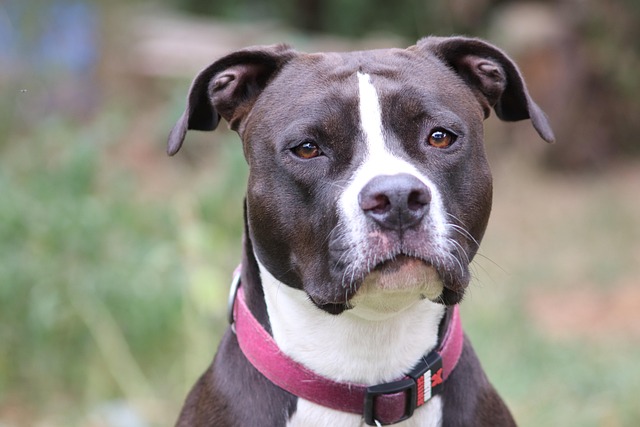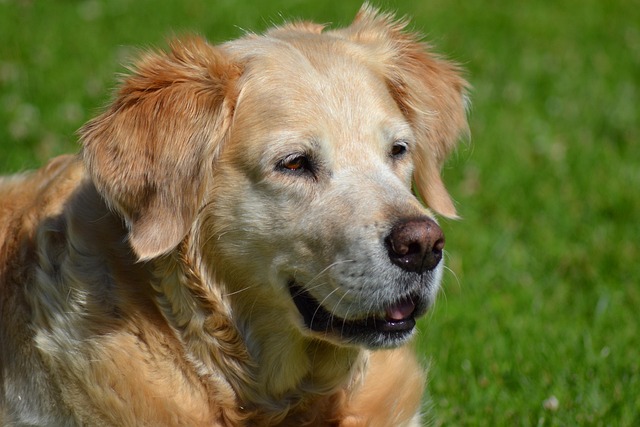
How to train potty train a dog?
Many new pet owners find themselves scrambling at 6 a.m., cleaning up a mess their puppy left by the couch.
Picture this: Your adorable new Golden Retriever pup, Max, finally settles down and chews his own toy instead of your favorite sneaker. You feel a wave of relief… but wait five minutes to praise him, and that moment is lost. Max has likely moved on, completely forgetting what he was doing. This frustrating gap is exactly where the "3 Second Rule" becomes your best friend. Forget complicated jargon; this rule is beautifully simple: Praise or reward your puppy within 3 seconds of them performing the desired behavior. It’s not magic, but neuroscience in action.
A puppy’s brain is like a super-fast, but short-lived, sticky note. Connections between actions and consequences fade incredibly quickly. Dr. Ian Dunbar, a renowned veterinary behaviorist, emphasizes that timing is everything in learning. When Max sits politely as a visitor arrives, and you instantly say "Yes!" and give a tiny treat right then, his brain goes, "Sitting when people come in = awesome things happen!" Delay that reward even to 10 seconds, and he might link the reward to scratching his ear or sniffing the floor instead. Think of it like connecting the dots – you need to link dot A (the good behavior) to dot B (the reward) before dot C (something else) gets in the way.
So, how does this work in your busy day? Keep those tiny, high-value treats handy in pockets or containers around the house. Puppy training techniques thrive on immediacy. When your pup spontaneously sits, immediately mark the behavior with a clear, happy "Yes!" or a clicker sound, followed instantly by the treat. If he potties in the designated spot during your Brooklyn apartment potty break, celebrate while he’s finishing, not after he’s wandered off to sniff a tree. Training sessions should be short bursts focused on this instant feedback loop. Remember Sarah from Seattle? She struggled with her Labradoodle jumping. By consistently rewarding four paws on the floor within 1-2 seconds of guests entering, she saw dramatic improvement within a week – classic positive reinforcement success.

Now, while mastering the 3 second rule dogs respond to is crucial, let’s ground this in responsible US pet ownership. Positive reinforcement isn’t just effective; it aligns perfectly with modern animal welfare standards. Harsh corrections or physical punishment are not only culturally frowned upon but can damage your bond and create fearful dogs – potentially leading to bigger behavior problems. Legally, ensure Max is up-to-date on his rabies vaccine (requirements vary by state!) and always carries proof during walks. That adorable pup? His waste isn't so cute left behind. Most US communities have strict ordinances (and fines!) mandating you clean up immediately – consider it part of good community etiquette. Apartment dwellers, be extra mindful of noise during crate training or play sessions; soundproofing mats can be a neighbor-saver. Always use a leash in public spaces unless in a designated off-leash area, respecting others' space – not everyone wants a playful puppy bounding up to them, even if Max is friendly.
The 3 Second Rule is the golden thread weaving through effective, kind puppy raising. By delivering that timely "Yes!" or treat, you’re speaking your puppy’s language, building clear communication and a rock-solid bond built on trust and mutual understanding. It transforms training from a chore into a joyful conversation, setting Max up for a lifetime of being a well-mannered, happy family member.

Many new pet owners find themselves scrambling at 6 a.m., cleaning up a mess their puppy left by the couch.

Potty training a German Shepherd can feel like a big task, especially since these dogs are smart but also have lots of energy—meaning accidents can happen fast if you’re not consistent.

One of the coziest parts of camping is settling in for the night, but as a new dog owner, you might be staring at your tent wondering

Bringing a new furry friend home is exciting, but figuring out potty training can feel overwhelming for first-time owners.

The thought of sharing your first camping adventure with your dog is incredibly exciting—the hikes, the campfire cuddles, the stunning photos.

The dream of falling asleep under the stars with your furry best friend curled up beside you is a powerful one. But for many new dog owners